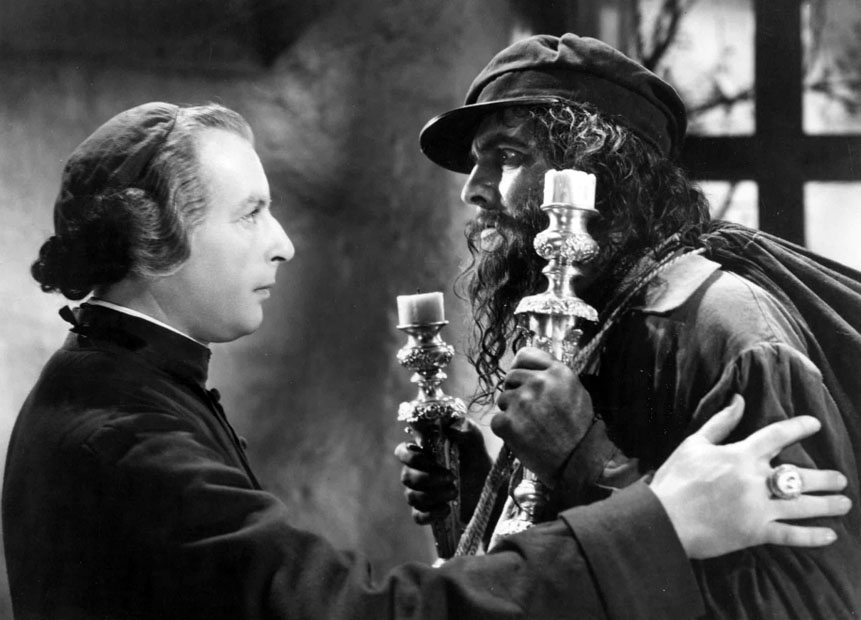Has anyone else noticed how Alliant Energy is gradually replacing our orangish-white-light streetlights with bluish-white-light ones? The orangish-white-light streetlights are high-pressure sodium (HPS) with a correlated color temperature (CCT) of 1900K, whereas the bluish-white-light streetlights that are replacing them are LED with a CCT of 4000K, and, most notably, they are two and a half times as bright.
Even though I have written to both Alliant Energy and the City of Dodgeville, nothing has changed.
My questions, which are still unanswered:
What is the justification for increasing the streetlighting illumination level by two and a half times over what it has been for decades?
Why are we going from 1900K to 4000K (cold white), when 2700K or 3000K (warm white) is readily available and being used in many communities in the U.S. and Canada?
This same transformation is happening in Mineral Point, and probably many other communities in SW Wisconsin as well.
Is anyone else noticing how this is profoundly changing the rural character of our nighttime environment? Is anyone else concerned about this? The increase in glare and light trespass onto neighboring properties from these new LED lights is quite noticeable to me, even though they are nominally full-cutoff. Why? They are too bright, and too blue.
If anyone locally is reading Cosmic Reflections (and sometimes I wonder if anyone is…), and if you have noticed and are alarmed by these streetlighting changes, please contact me on blog or off blog (oesper at mac.com) and let’s meet and discuss a plan of action. Something needs to be done before it is too late and we are stuck with this very negative change to our nighttime environment.







